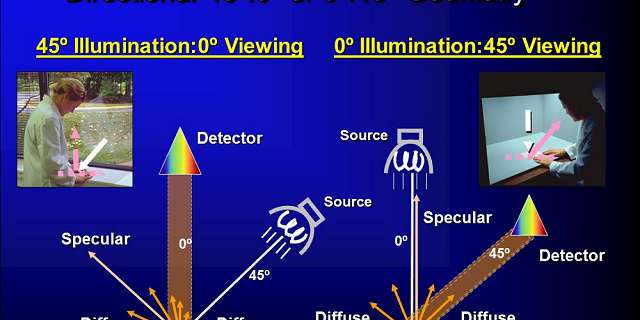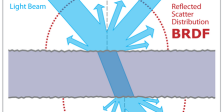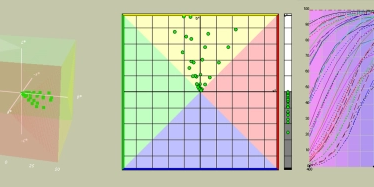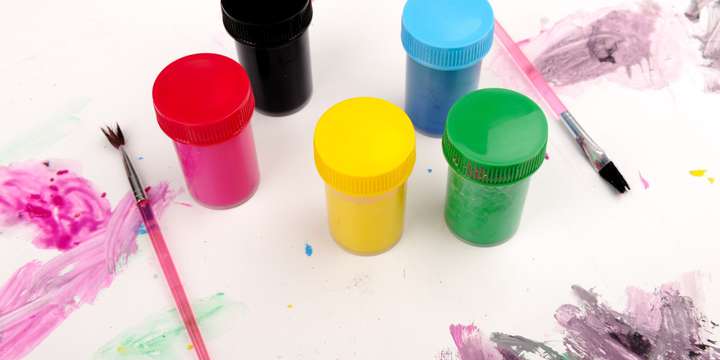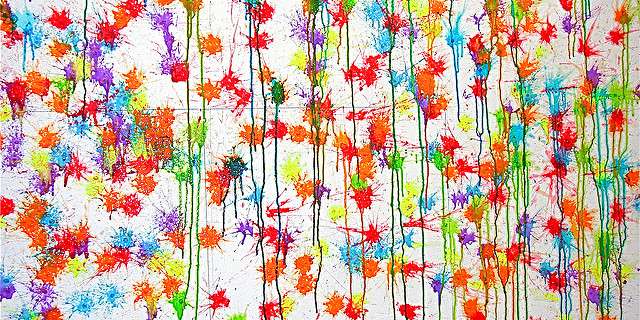“Monterey Jack cheese….natural white, not darker than #2 using the National Cheese Institute Color Chart … Cheddar cheese….natural color, not darker than #9 using the National Cheese Institute Color Chart…” www.farmdale.net
“…initial point of sale for: Cheddar cheese in 40 pound blocks, colored between 6 and 8 on the National Cheese Institute color chart…” www.cmegroup.com
“…Feta is white in color, is a bit sour to the taste and rich in aroma … Fresh Asiago has an off-white color and is milder in flavor than mature Asiago. Mature Asiago also has a more yellowish color and is somewhat grainy in texture … Cream cheese is usually white in color and is available in low-fat or non-fat varieties … Blue cheese….is spotted or veined throughout with blue, blue-gray or blue-green mold, and carries a distinct smell….” www.idfa.org
The National Cheese Institute’s Color Standards are a series of 12 Munsell color chips initially intended for the visual color grading of hard cheese. Additionally it has been applied to the color of products from soft cheese spreads to condensed milk.
The National Cheese Institute is part of the US International Dairy Foods Association (IDFA), which also represents the Milk Industry Foundation and the International Ice Cream Association.
The color quality concern for cheese products is color uniformity within a lot, and color consistency from lot-to-lot.
In a well-lighted area, preferably daylight balanced, a person would assign the nearest NCI grade based on a visual comparison between the printed chart and the sample cheese color.
The NCI Cheese Color grade provides a more systematic and consistent method of color communication for cheese products than the random vocabulary of individual people and serves as a basis for purchase of large quantities of cheese products.

